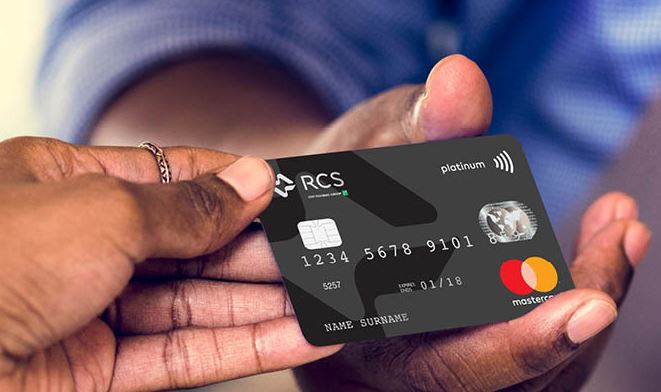Impulse buying is a common issue that affects many consumers, often leading to financial strain and regret. The thrill of spontaneous purchases can be tempting, but the consequences can include overspending, debt accumulation, and buyer’s remorse.
Understanding the psychology behind impulse buying and adopting strategies to curb this behavior can help individuals maintain better control over their finances and make more intentional purchasing decisions.

Understanding the Triggers of Impulse Buying
Impulse buying often arises from various emotional and situational triggers. Emotional factors such as stress, boredom, or even excitement can lead individuals to seek immediate gratification through purchases. Additionally, environmental cues, such as advertisements, social media, or store displays, can provoke the desire to buy without careful consideration.
Recognizing these triggers is the first step in combating impulse buying. By identifying what prompts these urges, individuals can develop strategies to manage their responses effectively. For example, if shopping as a means of coping with stress is a common behavior, finding alternative activities such as exercising or engaging in a hobby can be beneficial.
Creating a Shopping List – Impulse buying
One effective strategy to combat impulse buying is to create and adhere to a shopping list. Before heading to the store or shopping online, take the time to outline exactly what you need. This simple practice helps to focus your attention on specific items, minimizing the likelihood of unplanned purchases. When you have a clear list, you are less susceptible to distractions and temptations that might arise during the shopping experience.
Additionally, consider implementing a “cooling-off” period. If you see something that isn’t on your list, take a moment to think about whether you truly need it. Waiting a few hours or even a day can help clarify whether the purchase is necessary or simply an impulsive desire.
Setting a Budget
Establishing a clear budget is another essential tool in managing impulse buying. A well-defined budget not only outlines how much you can spend in various categories but also helps prioritize your financial goals. By allocating funds for necessary expenses, savings, and discretionary spending, you create a framework that encourages responsible financial behavior.
When you know your limits, it becomes easier to resist the temptation of impulse buys. Track your spending to see how well you adhere to your budget, and adjust it as needed. This practice not only fosters accountability but also allows for greater awareness of your financial habits, ultimately promoting more mindful spending.
Avoiding Tempting Environments – Impulse buying
To reduce the likelihood of impulse buying, it’s essential to avoid environments that trigger these urges. If certain stores, websites, or shopping apps consistently lead to unplanned purchases, consider limiting your exposure to them. This could mean opting for online shopping only when necessary or avoiding certain malls or retailers where you find it difficult to resist temptation.
Additionally, be mindful of your social environment. Spending time with friends or family who have a tendency to indulge in impulsive purchases can inadvertently influence your own spending behavior. Surrounding yourself with financially responsible individuals can provide support and motivation to stick to your goals.
Practicing Mindfulness
Incorporating mindfulness into your shopping habits can significantly reduce impulse buying. Practicing mindfulness involves being present and fully aware of your thoughts, feelings, and surroundings at the moment. When it comes to shopping, this means taking a step back to evaluate your motivations for purchasing something.
Ask yourself questions such as: “Am I buying this out of necessity, or am I seeking immediate gratification?” By cultivating awareness of your emotions and impulses, you can make more conscious decisions. Techniques such as deep breathing or taking a moment to pause before making a purchase can enhance this mindfulness practice, allowing for clearer judgment.
Utilizing Technology Wisely
While technology can often contribute to impulse buying through targeted ads and easy access to online shopping, it can also be harnessed to combat this behavior. There are various apps and tools designed to help individuals manage their spending and adhere to budgets.
These applications can track expenses, set spending limits, and send alerts when you are approaching your budget. Some apps even allow you to block certain shopping sites temporarily or set spending caps for specific categories. By leveraging technology to your advantage, you can create an environment that supports mindful spending rather than impulse purchases.
Conclusion
Impulse buying is a common challenge, but with awareness and proactive strategies, it can be managed effectively. By understanding the emotional triggers behind impulsive purchases, creating a shopping list, setting a budget, avoiding tempting environments, practicing mindfulness, and utilizing technology, individuals can gain greater control over their spending habits.
These steps not only contribute to better financial health but also foster a more intentional approach to shopping, ultimately leading to more satisfying and meaningful purchases. Taking the time to evaluate your relationship with spending can pave the way for a healthier financial future.





